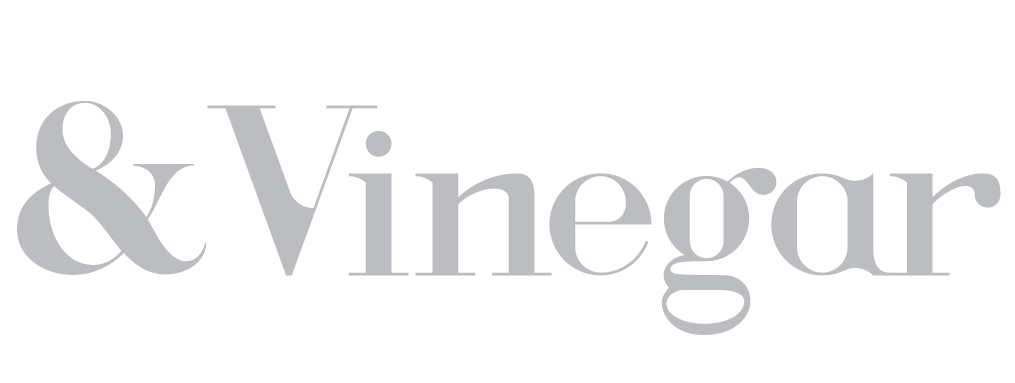How to Brief a Designer to Get What You Need
There’s an old adage that says “you get what you pay for”. Anyone who has given a vague brief to a designer might attest to that. Whatever your experiences, how do you make sure that your ideas and thoughts are translated correctly into fantastic design? Technology has given us the ability to illustrate and document our nascent ideas using almost every medium but still, that doesn't always make the final cut.
What we want and what we get aren’t always the same thing. No matter how talented your designer, no matter how clear your instructions, when it comes to interpreting your vision through someone else, human nature will always play a part. So how do you make sure the brief you give to your designer is detailed enough to articulate your ideas and yet broad enough to allow for their artistic skills to shine. Let’s take a look.
If you’ve never dealt with a designer before, one thing they need from you to begin work is a ‘brief’. The brief can be a visual document, a text-based document or a mixture of the two. It’s there to act as a reference document for the designer to be able to extrapolate your ideas. It should focus on the results and the outcomes of the design and any business objectives behind it. It shouldn’t be a document that details what you want in exacting terms with little room for manoeuvre. After all, if everything you wanted was already on the page, you wouldn’t need a designer at all.
So now we know what a brief is, and isn’t. How do you go about creating one to get your exactly what you need. The first thing you need to do is be clear about your goals and objectives. That might sound obvious, but if the designer understands the end goal for the project, they will have a much better idea of what they need to accomplish. You will also need to include any ‘rules’ that the designer must work within. These can include budgets, colour schemes, brand guidelines, the overall timeline and any milestones you want certain aspects to be completed by. By breaking the programme up into these smaller mini-tasks, you can also ensure the project as a whole remains on track.
Building on the rules of the project, your brief should also include very definite “do’s” and “do nots”. Whilst your project will need the designer to work their magic to deliver an amazing end product, there will be some boundaries you don’t want the designer to cross. These can include colours you absolutely do or don’t want them to use, but can also refer to layouts or graphical styles. Whatever you feel strongly for, or against, make sure they are included.
Whether your project is a new website, your next advertising campaign or it centres around product development, always ensure your brief includes the target audience you will be looking at. Where possible, include reference to your ‘ideal customer’ and give them a persona the designer can work with. If you have more than one in mind, include them all. The more information the designer has, the better chance you’ll get what you want.
Whilst the designer is there to interpret what you want, don’t be shy against pointing them towards already existing designs that you like (or even don’t like). Setting these benchmarks will give them a flavour of your taste and attitudes towards design. Even if the examples of good design are from your competitors, let’s not forget that you won’t be getting like-for-like, you’ll be getting the very best of an already great design aesthetic.
Whatever you’re planning, you’ve now got the tools to be able to deliver a really great design brief. By including the good and bad, your designer will get a much better idea of your ideas and will have all the tools they need to create something extra special.

